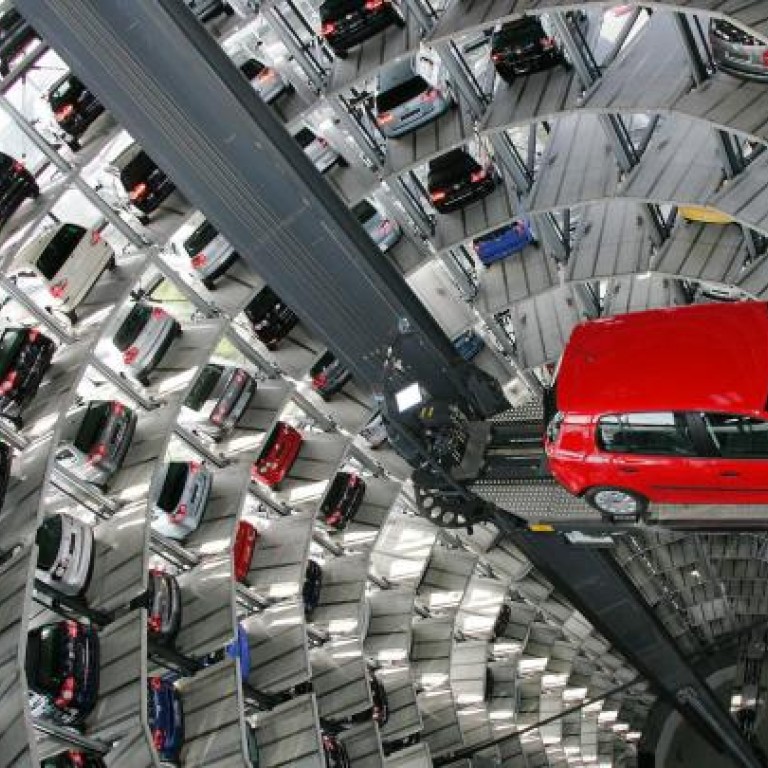
Germany's carmakers go abroad to grow
Mercedes, BMW and Volkswagen focus on growth in manufacturing outside Europe in second wave of expansion nearer key markets
As the yen weakens and Europe's debt crisis spreads, Volkswagen and its German peers are planning to spend more than US$25 billion by 2017 to expand production outside their home region and insulate themselves from currency convulsions.

The German carmakers' overseas investment leads European rivals PSA Peugeot Citroen, Renault and Fiat, which remain more focused on their home region. VW opened its 100th production facility this year - a US$550 million engine plant in Silao, Mexico - helping make it the world's most global carmaker.
VW has 77 per cent of its production capacity outside its home country, outpacing General Motors' 76 per cent and Toyota Motor's 59 per cent, consultancy Oliver Wyman estimates. BMW, Mercedes and Audi have a more diverse footprint than luxury rivals like Lexus, Cadillac and Volvo.
"Our approach is a global approach," Jonathan Browning, head of VW's US operations, said in a TV interview at the New York International Auto Show last month. "If you've got a spread of geographic presence, a spread of brand segments across the marketplace, then you can manage these fluctuations more easily."
The investments come even though the euro's 18 per cent slide against the dollar since its 2008 peak has made it more profitable for the Germans to manufacture at home. Daimler says its operating earnings got a €958 million (HK$9.7 billion) boost from currency swings last year as the euro sank to a two-year low against the US dollar. And with the greenback up almost 20 per cent against the yen since November, analysts expect Toyota's profit to jump 50 per cent this fiscal year.
Yet Germany's carmakers know the other side of an exchange rate squeeze. Daimler says currency swings this year will slash its operating profit by €200 million. And Porsche -now part of VW - almost collapsed in the early 1990s because it sold most of its cars in the US but kept all its production in Germany, exposing it to a fall in the US dollar.
That lesson led to the first wave of international expansion, when Mercedes and BMW opened US factories in the 1990s. With Europe struggling and China, Russia and Brazil getting richer, German carmakers are boosting investment away from home to target growth and keep currency risks in check.
"We aim to move closer to the customer," said Joachim Schmidt, head of Mercedes-Benz sales and marketing. "We're expanding our production capacity in China and the US and we're considering other countries for vehicle assembly, such as Russia or Brazil."
The carmakers haven't given up on traditional financial hedging. BMW raised its protection in foreign-exchange markets by 39 per cent in 2012 to €36 billion, according to its annual report. VW boosted hedges by 27 per cent to €103 billion, and Daimler raised hedging by 11 per cent, the firms said in their annual reports.
Currency volatility, meanwhile, is near historic lows. JPMorgan's Global FX Volatility Index dropped to 8.74 per cent on April 12 from 9.88 per cent in February, and it remains below its 10-year average of 10.64 per cent.
Even before this latest push, expansion abroad has kept German carmakers growing and profitable despite six years of shrinking European car sales.

